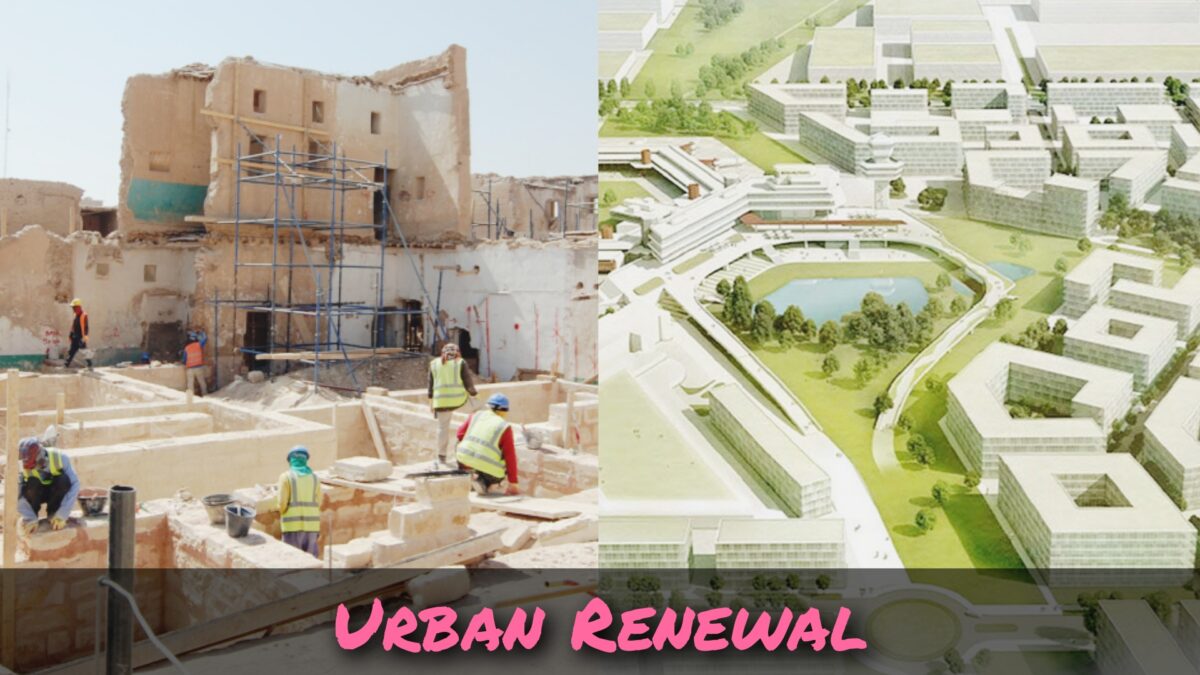Urban Renewal, Redevelopment and Slums Transformation in Asia
Introduction
The rapid pace of urbanization has led to a significant increase in the number of people living in slums, particularly in developing countries. In 2010, the world urbanization rate was 51%, and by 2030, it is projected to reach 61%. This trend is expected to place a substantial strain on urban infrastructure and resources, with cities in developing countries absorbing 95% of urban population growth over the next two decades. As a result, the slum population is anticipated to increase by nearly 500 million between now and 2020. This alarming projection underscores the urgent need for effective slums transformation initiatives to improve living conditions and provide better opportunities for the urban poor.

The Current State of Slums
The Scale of the Problem
Currently, one billion people live in slums, which is approximately one out of every seven individuals globally. If no immediate action is taken, this number is projected to soar to 1.4 billion by 2020. These slums are often characterized by inadequate housing, lack of basic services such as water and sanitation, and overcrowded living conditions. Despite these challenges, slums also present unique opportunities for economic growth, as they are often economically vibrant areas with around 85% of all new employment opportunities occurring in the informal economy.
The Importance of Slums Transformation
Economic and Social Benefits
Transforming slums is not only a humanitarian imperative but also an economic necessity. Slum-dwellers have shown remarkable resilience and innovation in developing solutions to improve their living conditions. By upgrading slums, cities can tap into this potential, creating more inclusive and productive urban environments. Additionally, slums transformation can lead to improved social cohesion and reduced inequality, as it provides better access to education, healthcare, and other essential services.
Strategies for Slums Transformation
Multi-level Governance and Participation
Effective slums transformation requires a multi-level governance approach, involving collaboration between national, regional, and local governments, as well as civil society and the private sector. This approach ensures that all stakeholders are engaged in the planning and implementation process, leading to more sustainable and inclusive outcomes. For example, the “Participatory Slum Upgrading Programme” (PSUP) implemented by UN-Habitat in partnership with the African, Caribbean, and Pacific Group (ACP) has demonstrated the potential of such collaborative efforts.
Urban Planning and Land Management
Improving urban planning and land management is crucial for slums transformation. This includes integrating slums into the broader urban structure, maximizing the availability and use of public land, and ensuring that infrastructure development reaches these areas. UN-Habitat’s “MY Neighbourhood” guidance provides practical urban design principles and tools that can be applied in diverse contexts to support the transformation of slums into functional and sustainable neighborhoods.
The Role of UN-Habitat
Global Action Plan and Initiatives
UN-Habitat plays a pivotal role in driving slums transformation through its various programs and initiatives. The organization has developed a Global Action Plan on Slum Transformation, which outlines key actions and strategies to accelerate the upgrading of slums and informal settlements. Additionally, UN-Habitat’s resolutions, such as “Accelerating the transformation of informal settlements and slums by 2030,” provide a framework for member states to take concrete steps towards achieving sustainable urban development.
Case Studies and Best Practices
Successful Transformation Projects
Several cities around the world have successfully implemented slums transformation projects, offering valuable lessons for others. For instance, the “Dharavi” slum in Mumbai, India, has been the subject of various upgrading initiatives that aim to improve living conditions while preserving the community’s social fabric. These projects highlight the importance of community participation, innovative financing mechanisms, and the integration of slums into the broader urban development agenda.
Conclusion
The challenge of slums transformation is immense, but it is also an opportunity to create more inclusive, resilient, and sustainable cities. By adopting a multi-level governance approach, improving urban planning and land management, and leveraging the expertise of organizations like UN-Habitat, cities can make significant progress in upgrading slums. All stakeholders must work together to ensure that the urban poor have access to adequate housing, basic services, and economic opportunities. Only then can we hope to achieve the goal of a slum-free world by 2030.
